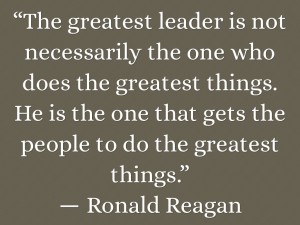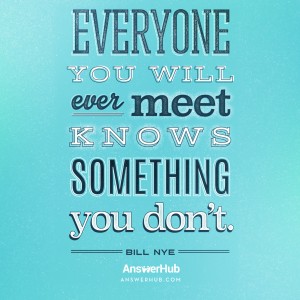Today Tonight – TV Report
Over the last few weeks, the gender based learning that’s been happening at our school has been under the spotlight with an article in our local paper and now the TV news story above from the ‘Today Tonight’ program. This isn’t something that I’m particularly comfortable doing! But, I believe in the work we are doing in this area and am glad that we can be a part of the discussion.
My co-teacher in this program, Aimee Aparicio, and I both worked in a single gender program in my last school, Hackham East Primary. After attending a workshop with Ian Lillico, an Australian expert in boys education, another colleague, Rebecca Hepworth and I started trialling some of our new learning. Drawing heavily on Lillico’s work and that of Michael Gurian, we were supported by our school leadership to build a strong single gender program that still exists there today. At our peak, we had single gender and mixed class options from year 2 to year 7.
In our new roles at Woodend Primary school, Aimee and I can see that the needs of boys and girls at Hackham East aren’t unique. in fact, world wide data suggests that programs like these would have value in any school anywhere.
The program that we are running now is a great start. We have been able to tackle some topics around gender stereotypes and masculinity. An important part of this for us is that we are seeing the students becoming the drivers of this learning. They want to spread the message within the school community. This post from a student last night is a great example of that.
This is great to see. Students empowered to make a difference in their communities. What we are doing isn’t difficult. It just takes a willingness to try something different. The conversation around the individual needs of boys and girls in schools is happening and we look forward to seeing where it goes.







Recent Comments